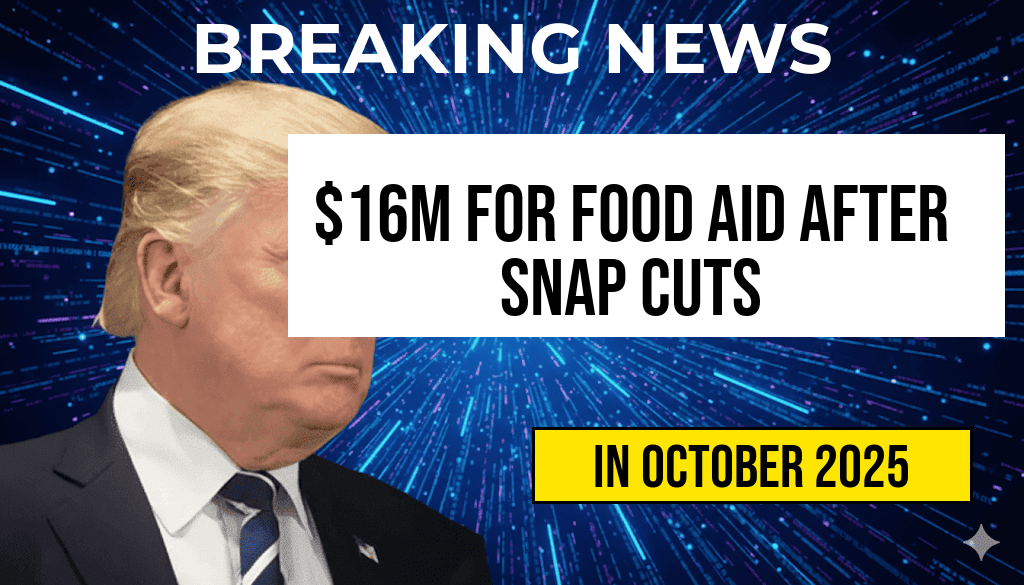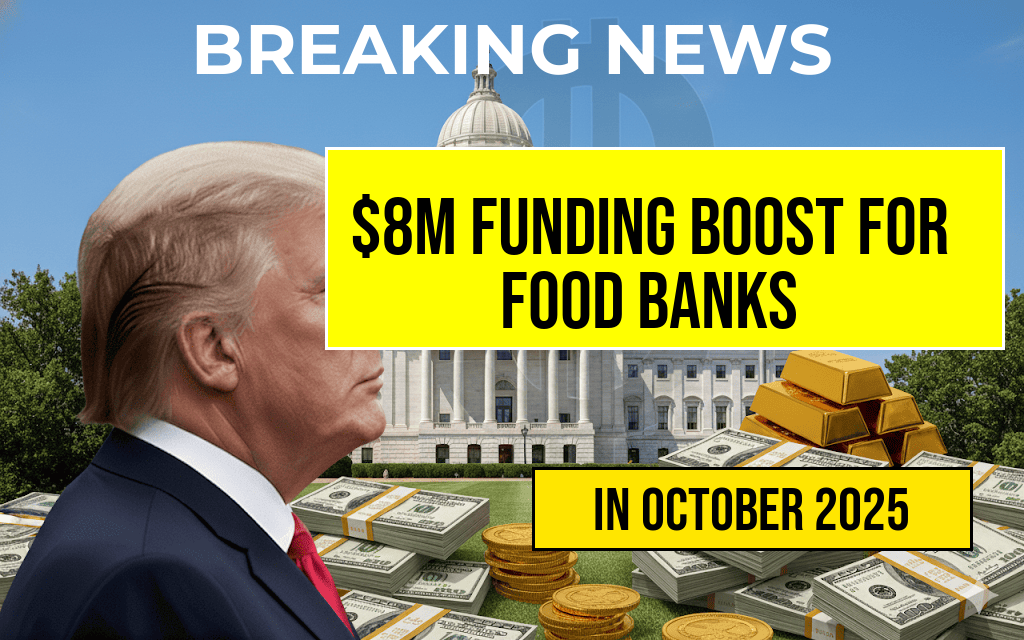In response to recent federal reductions in the Supplemental Nutrition Assistance Program (SNAP) benefits initiated under the Trump administration, several states have allocated a combined total of $16 million to bolster food assistance for vulnerable populations. The cuts, which took effect earlier this year, decreased monthly benefits for millions of recipients nationwide, prompting state governments and nonprofit organizations to step in with emergency funding. This influx aims to mitigate the impact on families facing increased food insecurity, especially amid rising inflation and economic uncertainties. The new funding initiatives exemplify a broader effort to address the gaps created by federal policy shifts and emphasize the importance of state-level intervention in maintaining access to essential nutrition support. This article explores the scope of these allocations, the rationale behind state responses, and the broader implications for food assistance programs across the United States.
State-Level Responses to SNAP Benefit Reductions
Allocations and Distribution
Following the federal cuts, multiple states announced targeted financial support to supplement SNAP benefits. According to recent reports, California, New York, Illinois, and Texas collectively allocated approximately $16 million to reinforce nutrition assistance programs. These funds are distributed through various channels, including direct grants to local food banks, emergency aid programs, and enhanced community outreach initiatives.
For example, California’s Department of Social Services announced a $5 million emergency fund aimed at expanding food pantry capacity and providing direct assistance to households most affected by the reductions. Similarly, New York allocated about $4 million to support community organizations that distribute food to low-income residents. These efforts are designed to bridge the gap until federal policies can be revisited or revised.
Strategies for Addressing Food Insecurity
- Expanding food bank inventories through increased funding for local pantries and distribution centers.
- Providing direct cash assistance to families facing the most severe cuts.
- Launching outreach campaigns to ensure eligible populations are aware of additional support programs.
State officials emphasize that these measures are temporary yet vital, given the increased demand for food assistance. The funds also support initiatives like mobile food pantries and community meal programs, which have seen heightened activity since the SNAP benefit reductions took effect.
Impact on Food Assistance Programs and Recipients
Increased Food Insecurity Concerns
Federal data indicates that the recent SNAP benefit cuts have led to a measurable rise in food insecurity across several states. The Urban Institute reports that nearly 2 million households experienced a decline in benefits, with many reporting difficulties in covering basic nutritional needs. Nonprofit organizations warn that such reductions threaten to exacerbate existing disparities, especially among low-income families, seniors, and individuals with disabilities.
Community and Advocacy Responses
Advocacy groups have called for continued federal support and policy reconsideration. The Feeding America network has urged policymakers to reevaluate the impact of benefit cuts and has partnered with states to distribute emergency funding. Community leaders stress that local responses, while critical, cannot fully compensate for the loss of federal assistance, underlining the need for comprehensive policy solutions.
Broader Context and Future Outlook
Federal Policy Shifts and Their Ramifications
| Year | Average Monthly Benefit per Household | Percentage Change |
|---|---|---|
| 2020 | $242 | N/A |
| 2021 | $226 | -6.9% |
| 2023 | $210 | -12.8% |
The reductions stem from policy decisions aimed at curbing federal spending but have sparked debates over their social impact. Critics argue that decreasing benefits undermines efforts to combat hunger and poverty, especially during economic recovery periods.
Looking Ahead
States’ emergency allocations highlight the necessity of adaptable support systems in times of federal policy change. As discussions continue at the federal level about restoring or reforming SNAP benefits, local initiatives serve as crucial stopgaps. Experts suggest that sustainable solutions will require a combination of policy adjustments, increased funding, and community engagement to ensure food security for America’s most vulnerable populations.
For more information on SNAP and food assistance programs, visit the Wikipedia page on SNAP or consult resources provided by the USDA Food and Nutrition Service.
Frequently Asked Questions
What is the purpose of the $16 million allocation for food assistance?
The $16 million is allocated to provide food assistance to individuals and families affected by the Trump SNAP cuts, aiming to mitigate the impact of reduced benefits.
Who is impacted by the SNAP cuts mentioned in the article?
The SNAP cuts primarily affect low-income families and individuals who rely on the program for food security, potentially leading to increased hunger and financial hardship.
How does the new funding help address the effects of SNAP reductions?
The allocated $16 million provides additional food assistance resources to bridge the gap created by SNAP benefit reductions and support vulnerable populations.
Are there specific regions or communities that will benefit from this funding?
Yes, the funding is targeted toward communities most affected by the SNAP cuts, focusing on areas with high poverty rates and food insecurity.
What can affected individuals do to access the additional food assistance?
Individuals can apply for the additional food assistance programs through local agencies and community organizations to receive support during this period.








